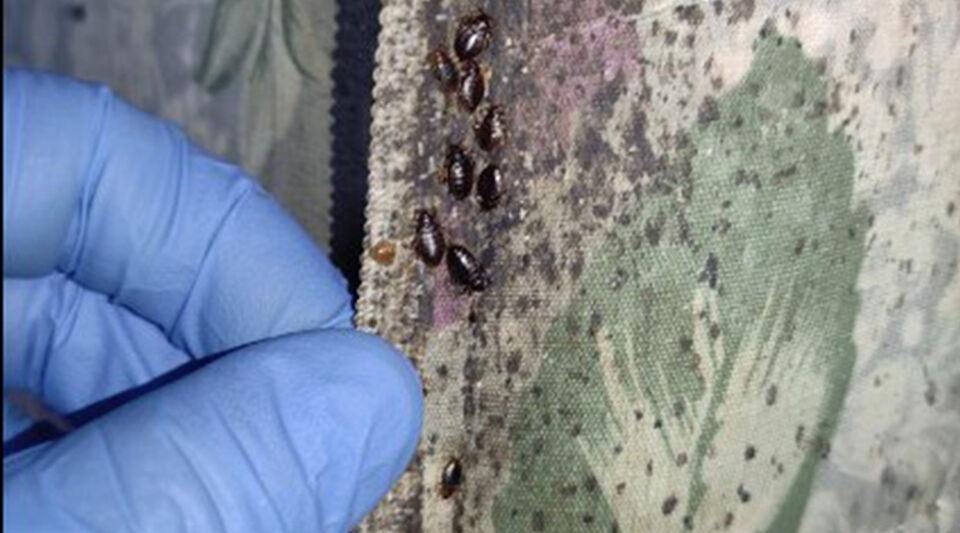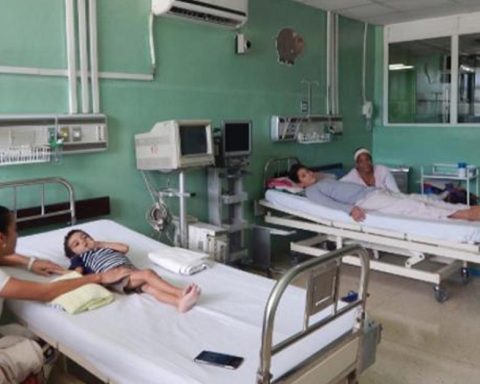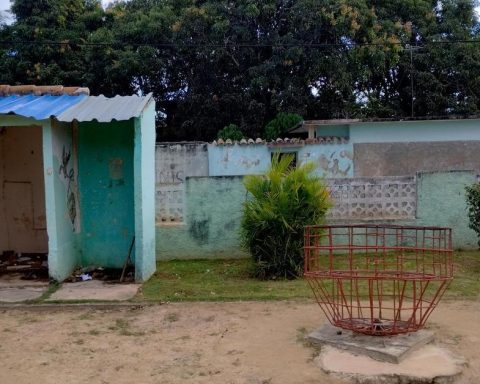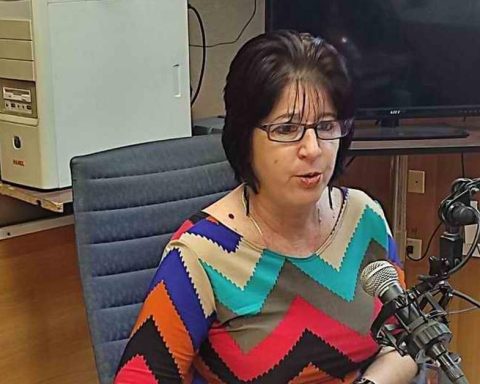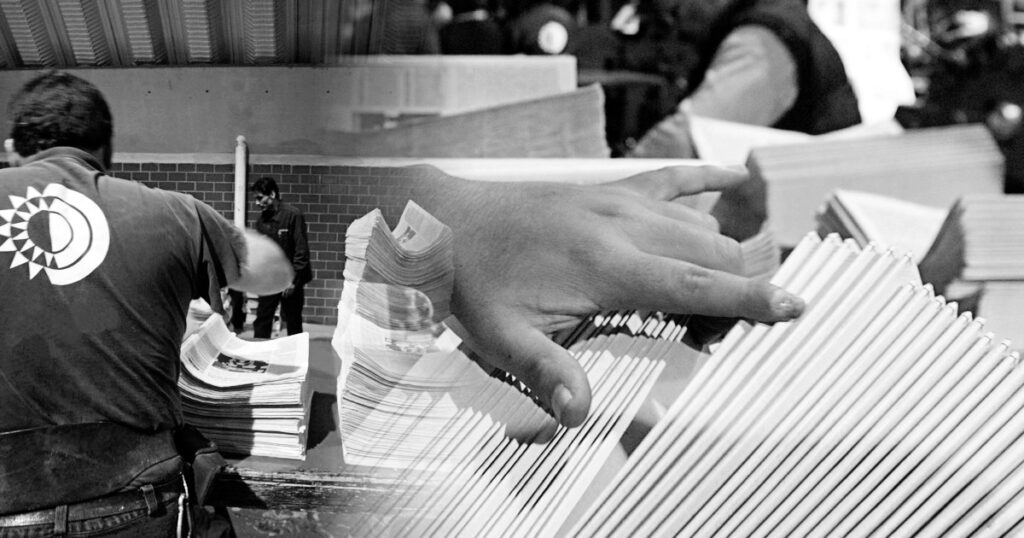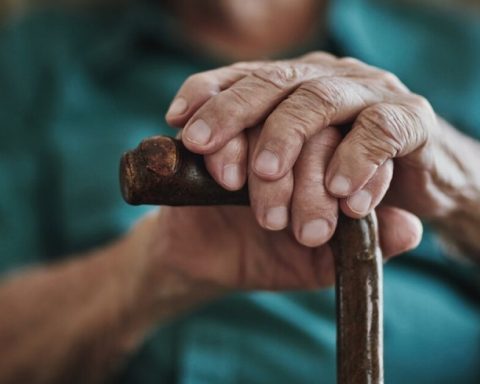Families in Santiago de Cuba must resort to home methods to combat bedbugs due to the lack of chemical insecticides to eliminate them, said biologist Mirtha Pérez Menzies in an interview with Sierra Maestra. Until now, the Government had kept silent about the proliferation of the plague in the province, which in in recent weeks it has invaded schools, hospitals and prisons.
According to the expert, who has studied the plague in the most infested areas, five years ago it was “rare” to receive reports of its presence in the province, but as of 2016 its population began to grow and has recently caused the temporary closure of schools for fumigation processes.
Pérez Menzies considers that the proliferation of the plague is associated “with an increase in trips abroad” and the importation of packages with clothes, backpacks or shoes, places where insects easily hide. The biologist pointed out that, according to an epidemiological survey, many of the affected families had imported packages that remained for days in airport warehouses, although she admitted that when visiting the homes rented by international travelers they did not find the presence of the insect.
Five years ago it was “rare” to receive reports of their presence in the province, but as of 2016 their population began to grow
It was also found that some families had bought a handmade mattress and the filling was contaminated. “Sometimes, unscrupulous people make them with rags and other fabrics from garbage dumps,” said the biologist.
Santiago de Cuba has been one of the provinces with the most health alerts in recent years. Amid the increase in covid-19 infections, in 2021, it faced an outbreak of scabies and another of lice, while in 2022 it registered record numbers in dengue cases. The authorities recognize that they do not have enough resources to deal with the diseases, which is why they spread rapidly.
To eliminate bedbugs, health units recommend that families place clothing, footwear, sheets, towels, curtains and any other product made of cloth in a nylon bag, which, leaving it closed for a while, always according to the authorities, the insect dies of suffocation. They also ask to eliminate cardboard boxes or any item that facilitates a hiding place.
Once they reach their habitat, added the specialist, they can go a year and a half without feeding. In addition, they lay five to 10 eggs a day, 500 in their entire lives.
Since high temperatures kill the insect, one option is to pour hot soapy water on the bed, mattresses, sofas and walls, which are then left to dry in the sun. Another alternative is to apply Vaseline to the legs of the furniture to make it difficult for them to get on, and alcohol or any insecticide, but the biologist does not recommend using the same type of products since the insect is resistant and adapts to chemical substances.
The medical entomology expert explained that bed bugs reproduce in both clean and dirty places, since what they really need to survive is a host and objects to hide. Although she recognized that its proliferation is easier in spaces with dirt.
This insect is also known as a bed bug in reference to its preferred habitat. They usually feed at night, attracted by the heat of the human body and animals. Pérez Menzies explained that his saliva has an anesthetic effect, so people do not feel discomfort when they are bitten.
Once they reach their habitat, added the specialist, they can go a year and a half without feeding. In addition, they lay five to 10 eggs a day, 500 in their entire lives.
________________________
Collaborate with our work:
The team of 14ymedio He is committed to doing serious journalism that reflects the reality of deep Cuba. Thank you for accompanying us on this long road. We invite you to continue supporting us, but this time becoming a member of our newspaper. Together we can continue transforming journalism in Cuba.
